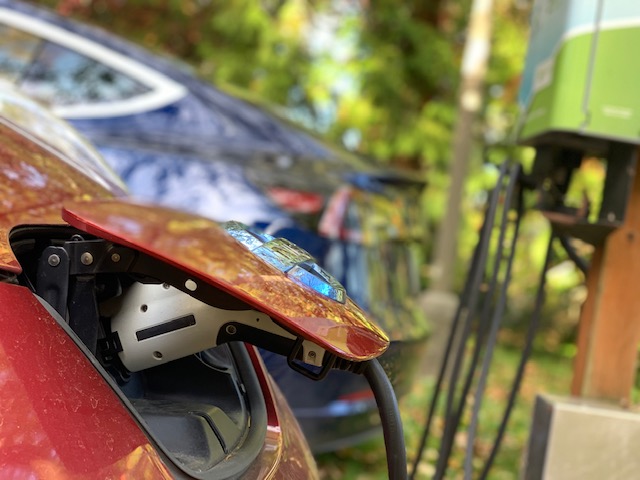
A new report from University of Victoria researchers says if all vehicles in the province are powered by electricity in 2055, B.C. needs to more than double its electrical production capacity.
Earlier this year, the province passed the Zero-Emission Vehicles Act, which sets a target of 10 per cent of all new light-duty cars and trucks sold in B.C. to be zero-emission by 2025. By 2040, they all need to be emission-free.
Zero-emission vehicles include battery-electric, plug-in hybrid electric, and hydrogen fuel-cell vehicles.
In the Electrification of road transportation with utility controlled charging: A case study for British Columbia with a 93% report, a team of University of Victoria researchers with the Pacific Institute for Climate Solutions (PICS) found by 2055, BC will need to increase its electrical production capacity from a 2015 baseline of 15.6 gigawatts (GW) to 23 GW to meet forecast economic and population growth.
Factoring in all-electric road transportation as well, and up to 60 per cent additional capacity will be needed. This would more than double BC’s electricity generation capacity to 37 GW.
However, the team also said that the 60 per cent capacity boost for transport would raise the average unit cost of electricity by only nine per cent due to availability of low cost, renewable energy options. Furthermore, the costs would only rise by five per cent if at least half of drivers charged their vehicles at off-peak times. This means spreading the demand means less need for capacity build-out.
Co-author Curran Crawford, a member of the PICS Transportation Futures for BC project and a professor with UVic’s Institute for Integrated Energy Systems, says low-carbon generation options such as wind and solar power would keep energy prices down.
“Our modelling shows that electrification of transport systems, and a significant reduction in greenhouse gas emissions (GHGs), can be achieved at relatively low additional cost to the electricity system,” he said in a release.
Under BC’s current Clean Energy Act, at least 93 per cent of grid electricity must come from renewable resources such as hydropower, wind or solar. Crawford says as long as this remains in place, electrifying the entire road fleet would reduce total emissions from the combined transportation and electricity sectors by 38 per cent between 2015 and 2055.
“Transportation is responsible for more than a third of B.C.’s total GHG [greenhouse gas] emissions; the CleanBC plan rightly envisages transitioning BC’s cars, SUVs, buses and truck fleets away from fossil fuels to clean electricity, which will make a huge contribution towards meeting provincial GHG reduction targets,” Crawford said.
“B.C.’s planned Site C project will provide 1.1 GW, but it just scratches the surface of potential increased power and energy needs, as this research shows. Solar photovoltaic and wind power look very promising for B.C. due to their falling costs.”
Researchers also noted that regions with a similar hydroelectricity share to B.C., such as Quebec, Northern Europe and South America, would likely find similar results in terms of cost-effective electrification of transport.
The report will be in the November issue of Applied Energy.



